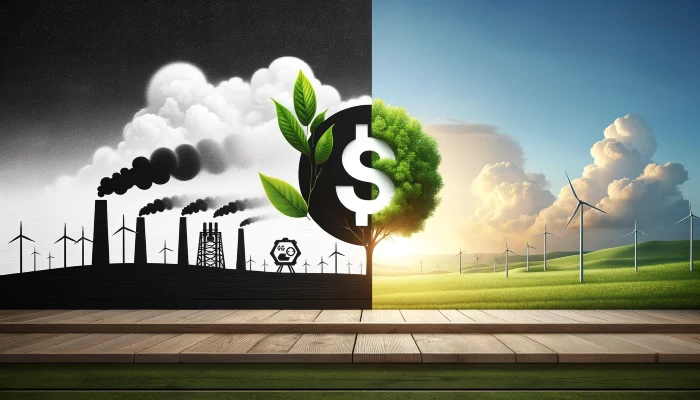Redefining Carbon Neutrality: The Shift Towards Carbon Removal
In the quest to combat climate change, the emphasis has long been on reducing carbon emissions. However, Gabrielle Walker, co-founder of the carbon removal portfolio startup CUR8, advocates for a paradigm shift.
According to Walker, achieving true net-zero involves not just minimizing emissions, but actively removing carbon dioxide from the atmosphere. This dual approach aligns with the scientific consensus on what it takes to counterbalance the greenhouse gases humanity has unleashed.
Walker critiques the current reliance on carbon offsets as inadequate, highlighting a growing trend among businesses to distance themselves from these often-criticized measures to protect their reputation. Instead, she champions carbon removal credits as a viable path to net-zero.

She advises companies to integrate these credits into their net-zero strategies by reducing emissions as much as possible and then compensating for any residual emissions through removal efforts.
The conversation around carbon removal strategies is vibrant and varied. One approach involves leveraging the natural carbon sequestration capabilities of trees. However, Walker cautions against overreliance on forestry, given the potential for trees to be destroyed by fire. She proposes a more durable solution: carbonated timber for construction.

This technique involves lightly charring wood to protect it against water and decay, effectively sequestering carbon within the structure of buildings and offering an eco-friendly alternative to carbon-intensive cement.
Walker also highlights other innovative carbon removal technologies. Biochar, produced through the low oxygen burning of wood, and basal rocks, which naturally absorb CO2 over millennia, are both cited as effective means to capture and store carbon.
Furthermore, mechanical solutions like Orca, a groundbreaking facility in Iceland, represent a significant leap forward. Orca is capable of extracting 4,000 metric tons of CO2 from the atmosphere annually, converting it into mineral form for permanent storage.
More To Discover
The urgency of Walker’s message is underscored by the poignant reminder of Iceland’s first glacier lost to climate change. A memorial plaque there serves as both a lament and a call to action, warning of the fate awaiting all glaciers if humanity fails to address global warming. “This monument is to acknowledge that we know what is happening and what needs to be done. Only you know if we did it,” the inscription reads.
Inarguably, the path to reversing climate change is complex and multifaceted. The transition from carbon offsets to carbon removal credits, alongside the development and adoption of innovative carbon capture and storage technologies, offers a promising avenue. By redefining carbon neutrality to include these proactive measures, we can work towards a truly sustainable future.





















